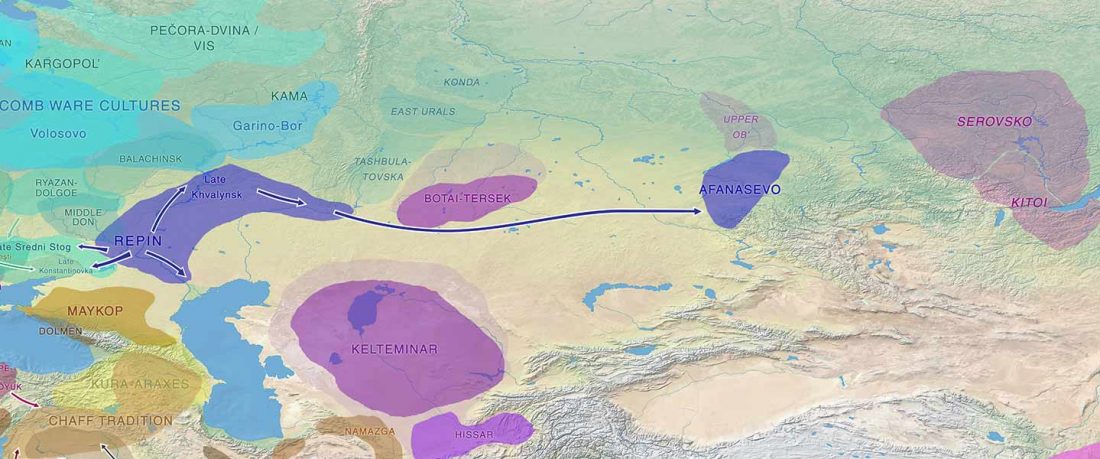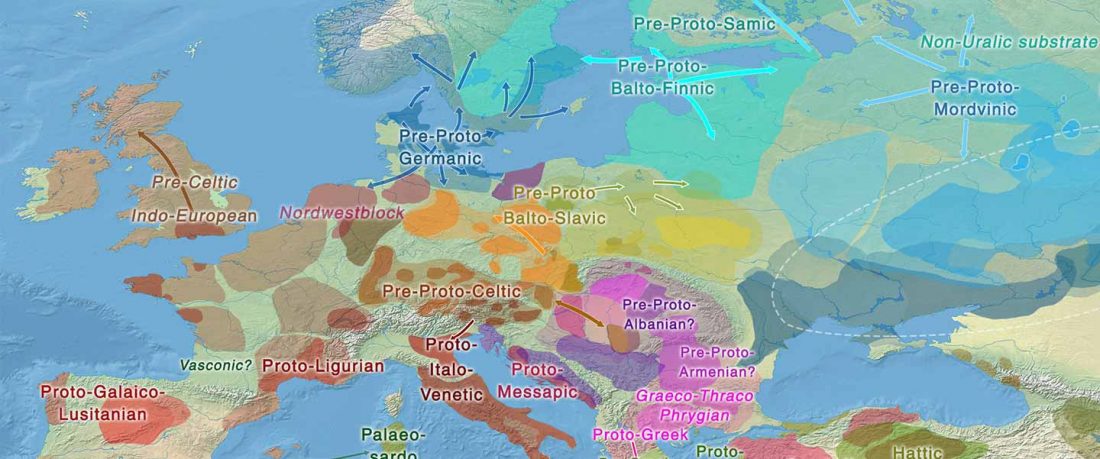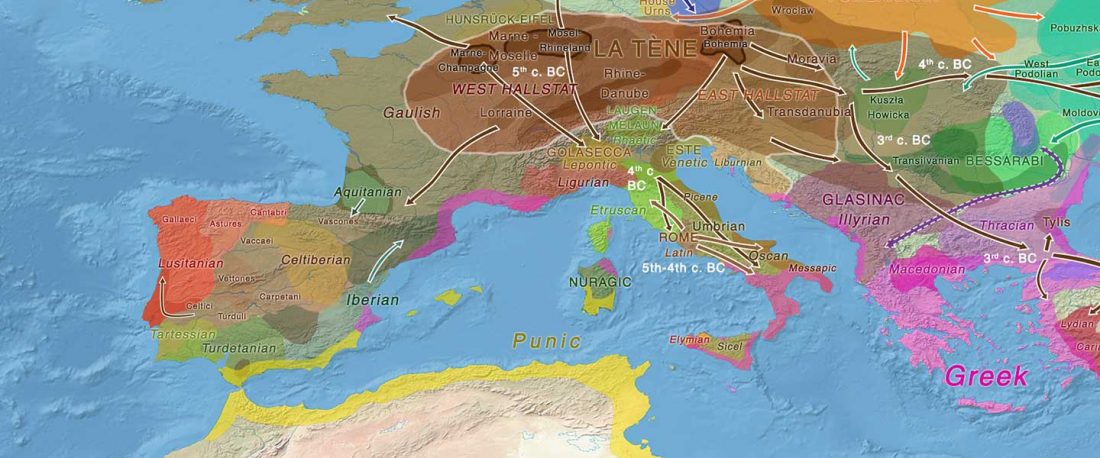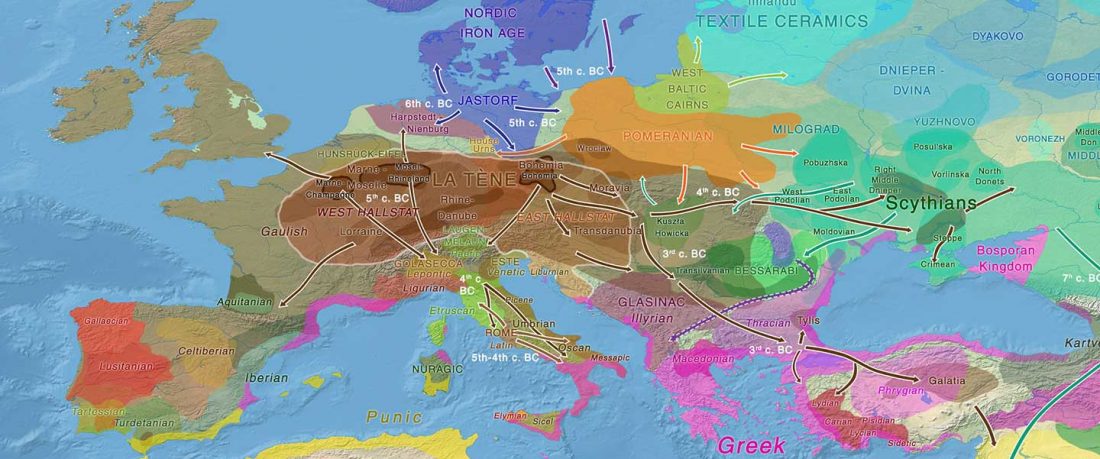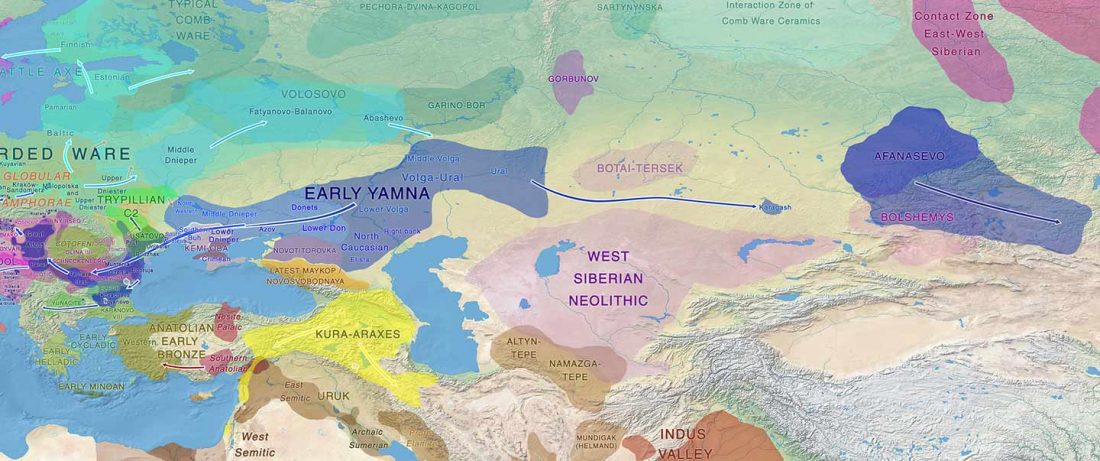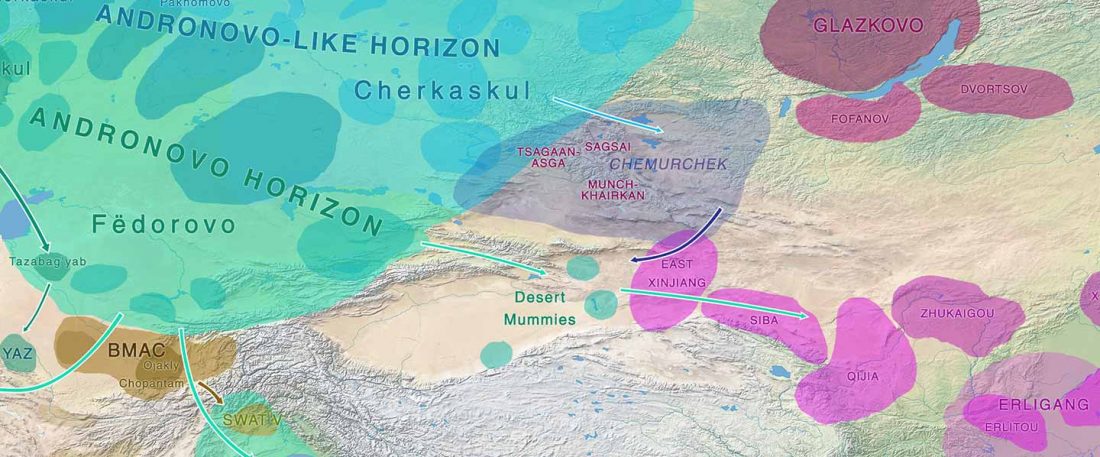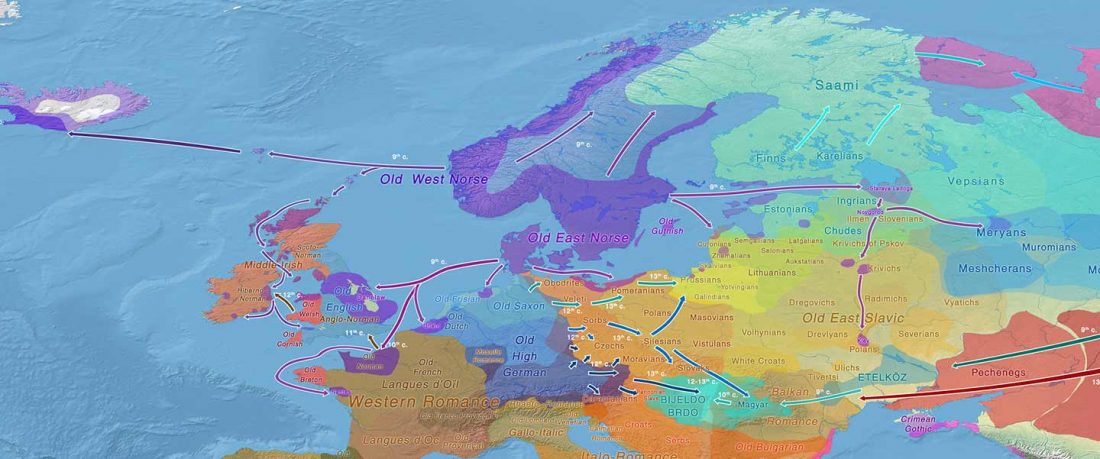Proto-Tocharians: From Afanasievo to the Tarim Basin through the Tian Shan
A reader commented recently that there is little information about Indo-Europeans from Central and East Asia in this blog. Regardless of the scarce archaeological data compared to European prehistory, I think it is premature to write anything detailed about population movements of Indo-Iranians in Asia, especially now that we are awaiting the updates of Narasimhan et al (2018).
Furthermore, there was little hope that Tocharians would be different than neighbouring Andronovo-like populations (see a recent post on my predicted varied admixture of Common Tocharians), so the history of both unrelated Late PIE languages would have had to be … Read the rest “Proto-Tocharians: From Afanasievo to the Tarim Basin through the Tian Shan”
